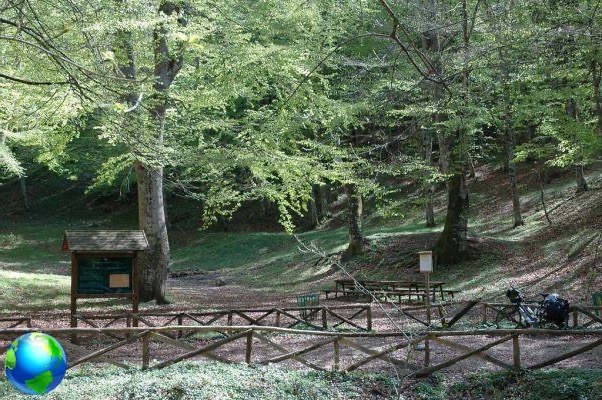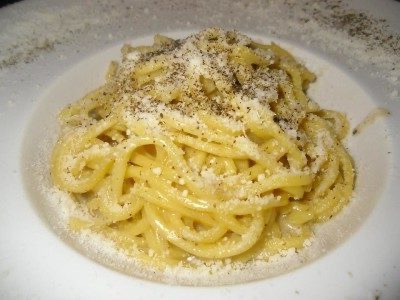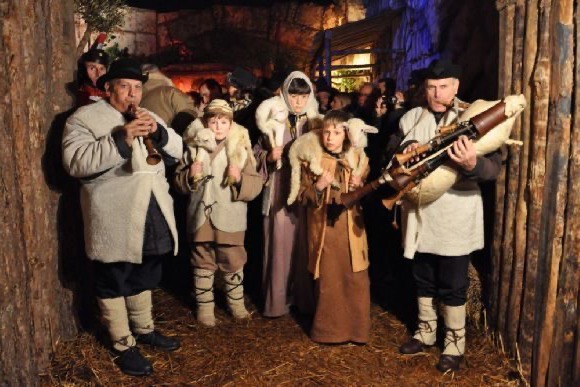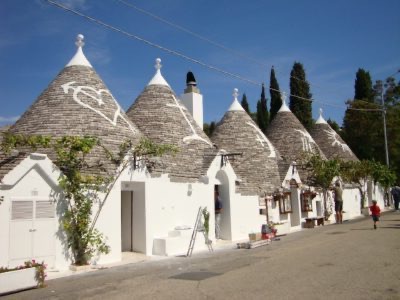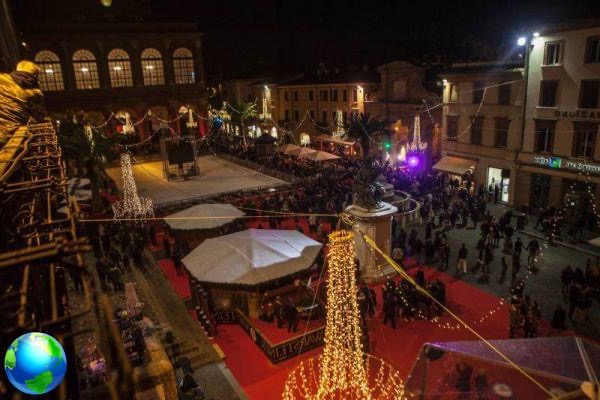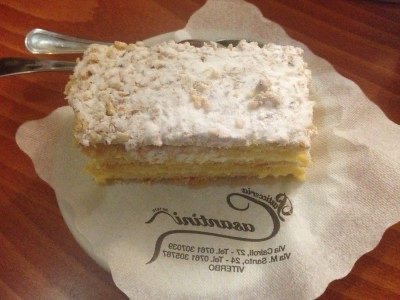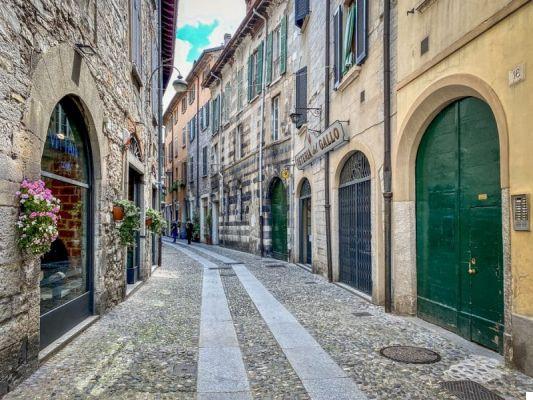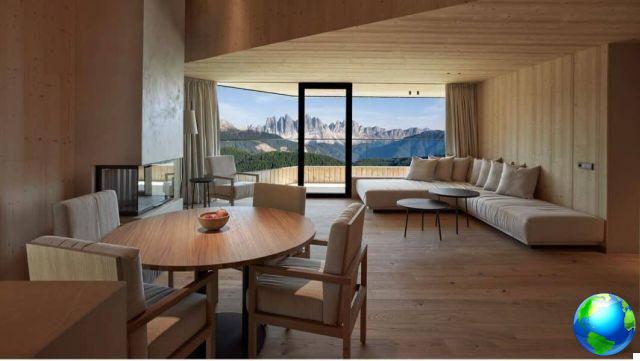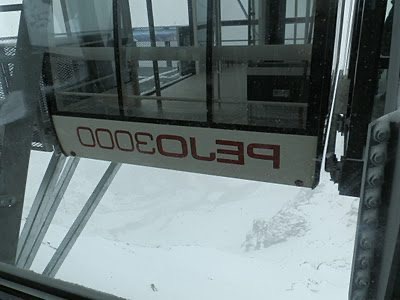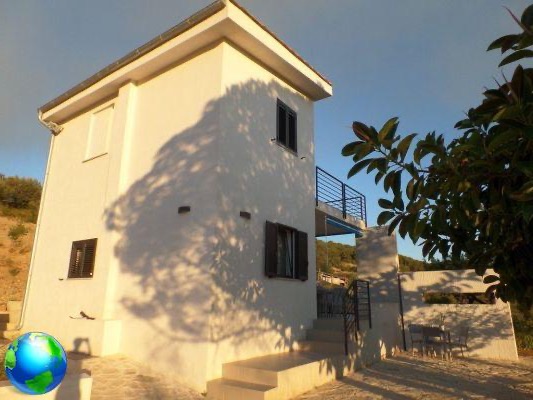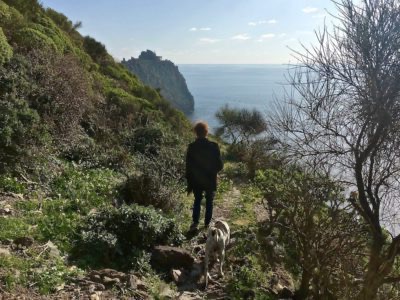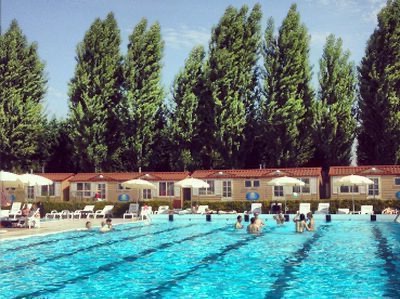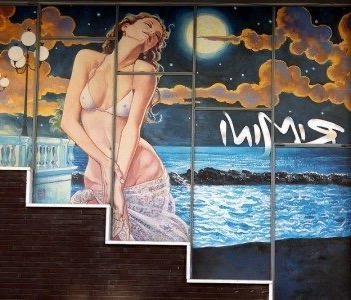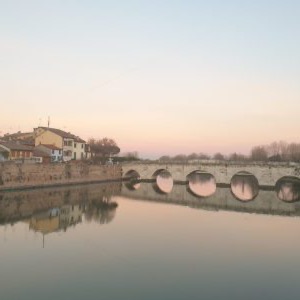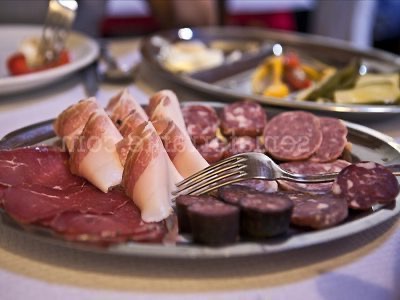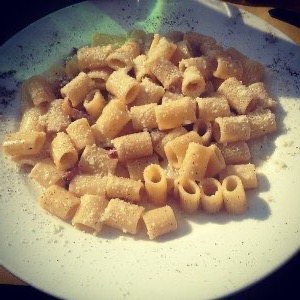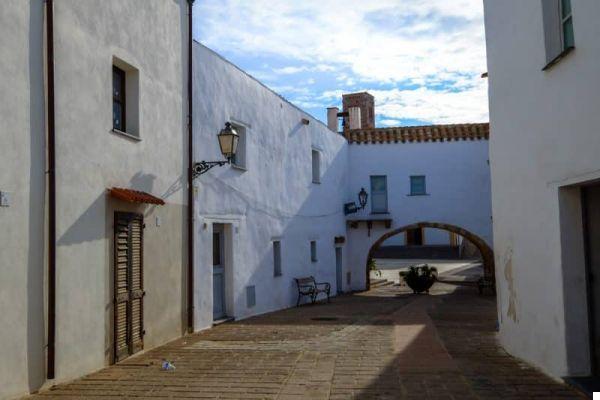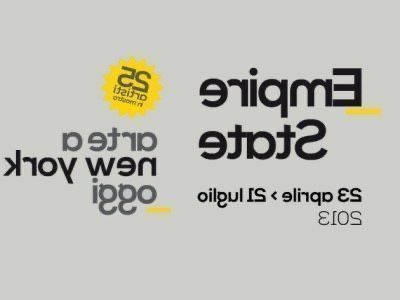Maremma, not just the sea, all the routes that can be done in Tuscany starting from Castiglion della Pescaia, here are the tips and addresses to discover an incredible land in Italy.
La Maremma it has a thousand faces, yet there are those who know it only for its beaches. Which certainly are beautiful and wild, with a crystalline sea that deserves blue flags every year. But the Maremma is also made up of a hinterland to be discovered, not only from an interesting landscape but also characterized by its most ancient history, linked to the Etruscan culture and by more recent history, when the Lorraines reclaimed it and began multiple productive activities in these large areas that had been infested with malaria for centuries.
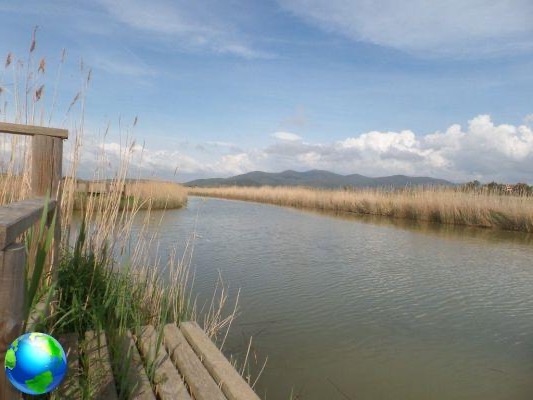
Today's proposals basically start from Castiglion della Pescaia, seaside resort, taking inland towards Vetulonia. In its immediate hinterland, the story begins to tell, because among cultivated fields, green hills and rows of cypresses alternating with maritime pines you can glimpse the stretches of water of the Diaccia Botrona.
It is a protected Nature Reserve and whose accesses are regulated: a large marshy area between the sea dune and the hilly hinterland, a Padule as they say in Tuscany which was regulated by Leonardo Ximenes in the second half of the eighteenth century on behalf of Grand Duke Pietro Leopoldo.
The aim was to eradicate malaria and guarantee the life of the ponds through a complex system of canals and locks. The Diaccia Botrona has an intact nature and offers refuge to many birds, migratory and otherwise, which pass through this part of Maremma on their routes. It can be accessed on foot from various entrances, but the visitor center, which has its heart in the building known as Ximenes house, a building that has always been painted red that functioned as a hydraulic toll booth, is a real museum of the marshes and can only be visited on weekends.
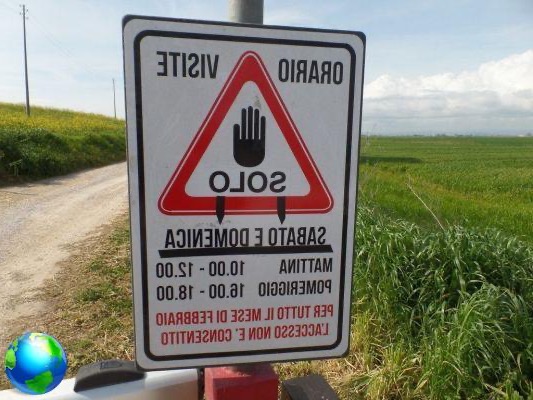
A walk among the canals and the lakes of the Diaccia Botrona it is however an experience to do: silence reigns supreme, the wind blows among the reeds, the water laps and the birds can be observed, hidden in special sighting huts. Even the water of the canals is full of life, fish that swim or jump out are a normality: a quite surreal experience when compared with the lively and crowded beaches of Castiglione, which is also only a few kilometers away.
These, however, i costs for admission to the Museum: € 2,50; there is the possibility to buy the entrance ticket to the Museum + Boat excursion inside the Provincial Nature Reserve Diaccia Botrona: € 12,00 adults; € 10,00 groups (over 10 people), over 65; € 6,00 children from 4 to 12 years.
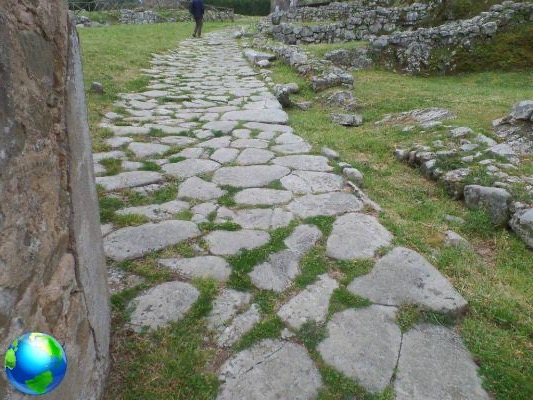
Continuing inland, climbing up a hill, you arrive at the town of Vetulonia. The history of this which was one of the most important cities in the Etruscan dodecapolis system is truly fascinating. Today it looks like a sleeping village and its history is somewhat reminiscent of that of the sleeping beauty. It was only in 1880 that an amateur archaeologist, Isidoro Falchi, was able to understand that the Etruscan Vetulonia, whose geographic location had been lost, was precisely the village on top of the hill which was called Colonna di Buriano. Stubborn and mocked by all the official archaeologists, Falchi began to dig and Vetulonia resurrected.
Thanks to the obstinacy of this man, Vetulonia has rediscovered his real name, large tracts of the ancient city, which today can be visited for free at the entrance to the town in the archaeological area.
Explanatory panels explain how the city was made up, with the houses, the still perfectly paved road and the important findings such as the Domus dei Dolia, discovered in 2008, where the dolia are large terracotta jars to preserve food reserves.
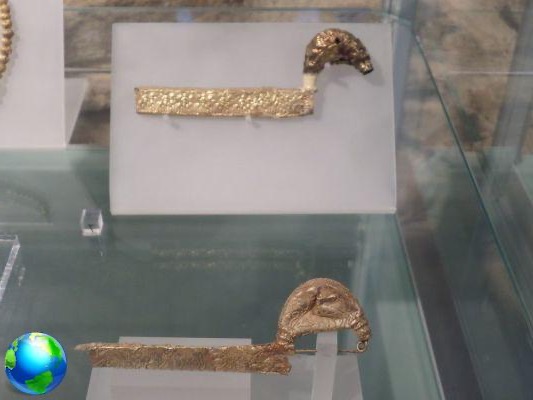
In the center of Vetulonia you can see a stretch of the Etruscan Cyclopean walls, which act as a base for medieval buildings; on the square of what used to be the school a small but interesting museum has been set up, the Isidoro Falchi Civic Archaeological Museum.
In addition to telling the story of Vetulonia, its trade, its progressive expansion and then restrictions (until it disappeared from the common conscience), it showcases the Etruscan treasures found in the excavations of Maremma. But not only that, many finds were brought by the inhabitants, objects they had found in past years and which they decided to make available to the community, returning them to the Museum.
Among the most precious pieces, parts of the frieze of the Domus di Medea, the very refined goldsmiths, the stele of Auvele Feluske which thanks to the inscription allows to decipher the language. Despite being small, the museum offers a tactile path for the visually impaired. The ticket costs € 5,00 full price; € 2,50 reduced. And after this dive into history, the choice is yours: good Maremma cuisine with tortelli or a dip in the sea.




